READY TO GET STARTED?
REQUEST A FREE ESTIMATE
Fill out the form below or call (888) 466-7849 for a free, no-obligation estimate.
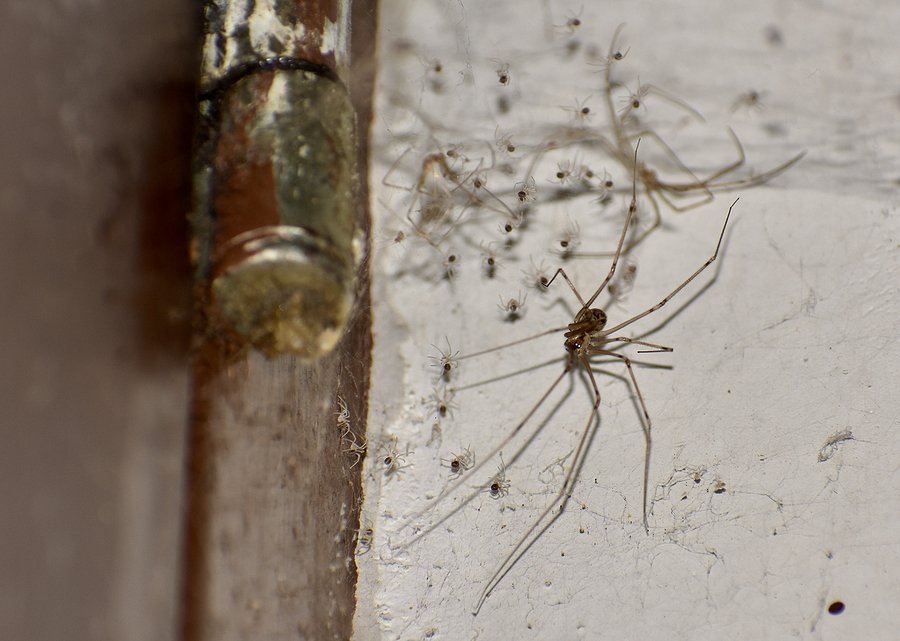
As the leaves begin to change and the air turns crisp, we welcome the beauty of autumn. However, with the arrival of fall, we also welcome a different kind of guest into our homes – spiders. While most spiders prefer to stay outdoors, some decide to seek shelter indoors during the cooler months. Two common culprits are daddy long legs and cellar spiders. In this post, we’ll help you identify and distinguish between these two fall pests, understand their habits, and offer tips on how to keep them at bay.
Daddy long legs and cellar spiders have their similarities but are not the same species. Here are some key differences and similarities between the two:
Both daddy long legs and cellar spiders are frequently found in similar environments, including:
The good news is that both daddy long legs and cellar spiders are harmless to humans. They don’t pose any significant health risks or property damage. In fact, they can be seen as allies in your pest control efforts as they help control populations of other insects in your home.
To prevent and manage daddy long legs and cellar spiders in your home, follow these steps:
If you’re dealing with a fall pest problem in your home, don’t hesitate to request a free pest control quote from our experts. We specialize in handling all sorts of household pests, including spiders, and can provide you with the solutions you need for a pest-free autumn.
Don’t let daddy long legs and cellar spiders take over your living space this fall. With the right knowledge and actions, you can enjoy the beauty of the season without these uninvited guests. Contact your local pest control company today for your free pest control quote and keep your home spider-free all season long.
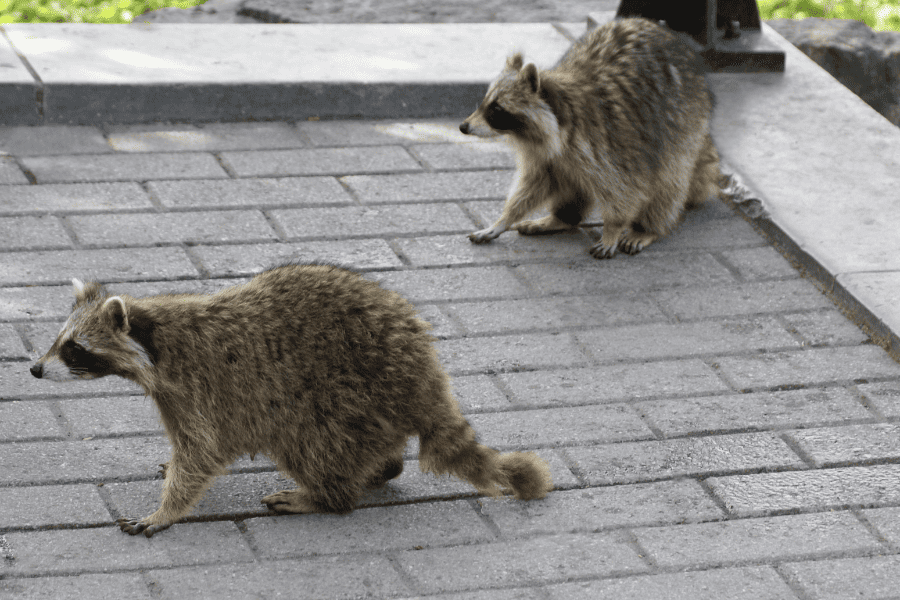
Cooler weather is approaching, and this means that wildlife will soon begin searching for warmth and shelter. This could result in them entering your home and making it their sanctuary for the season. Let’s go over common wildlife in Georgia you might see this fall and how you can deter them away from your home!
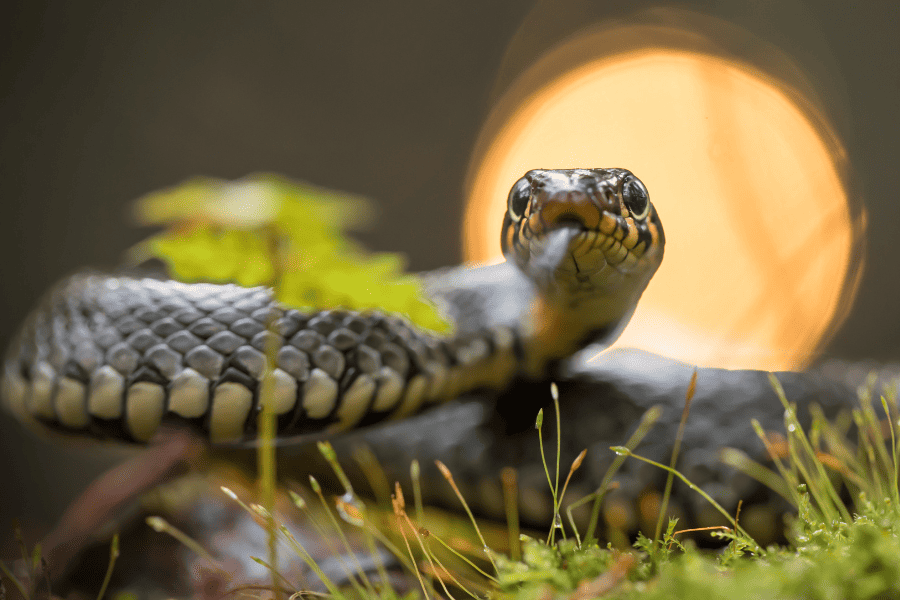
Snakes can be more common in the fall time, as they start to search for a place to begin their hibernation or brumation over the winter months. Snakes might also be more noticeable as certain snake species mate in the fall months. These creatures can go into hiding as late as December, so it’s important to keep an eye out for them until then. Sealing cracks in your foundation and making your property less appealing to them will help deter them from seeking shelter nearby.
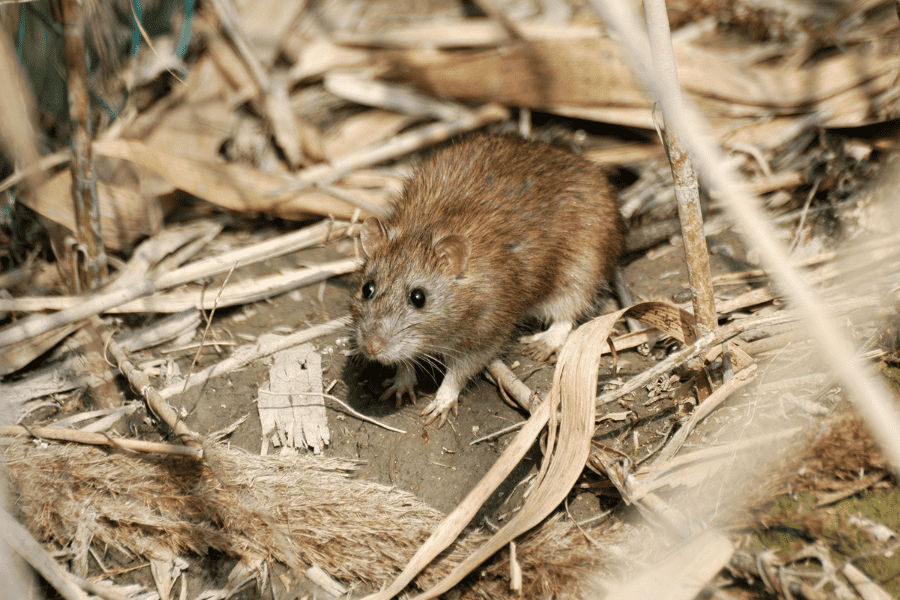
Rats and mice will often seek shelter in your home as it provides them with a readily available food supply throughout the winter. You will begin to hear their activity in the walls and attic in the fall as they start storing food in their nests. Keep these rodents out of your home by sealing up holes inside and outside of your home and storing food in airtight containers.
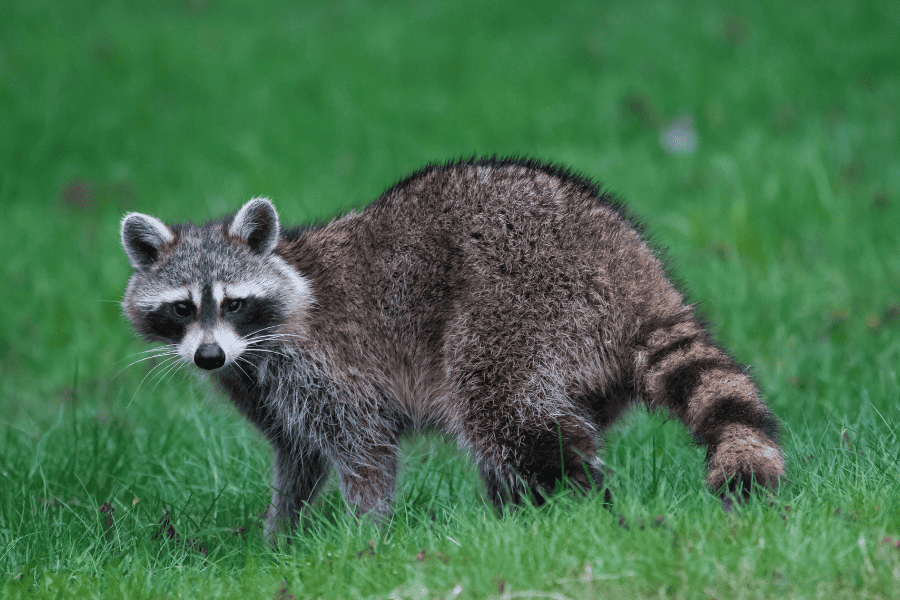
These nocturnal creatures will mostly be seen searching for food at nighttime throughout the fall. They begin searching for food in the fall to prepare for the winter months when food is scarce. Food scarcity will encourage them to be more active and creative in their search for food, which often leads them to your garbage cans. Some preventative ways to ensure raccoons don’t enter your home this fall include utilizing a lid on your garbage can and storing it outside. Likewise, seal any entry points on the exterior of your home.
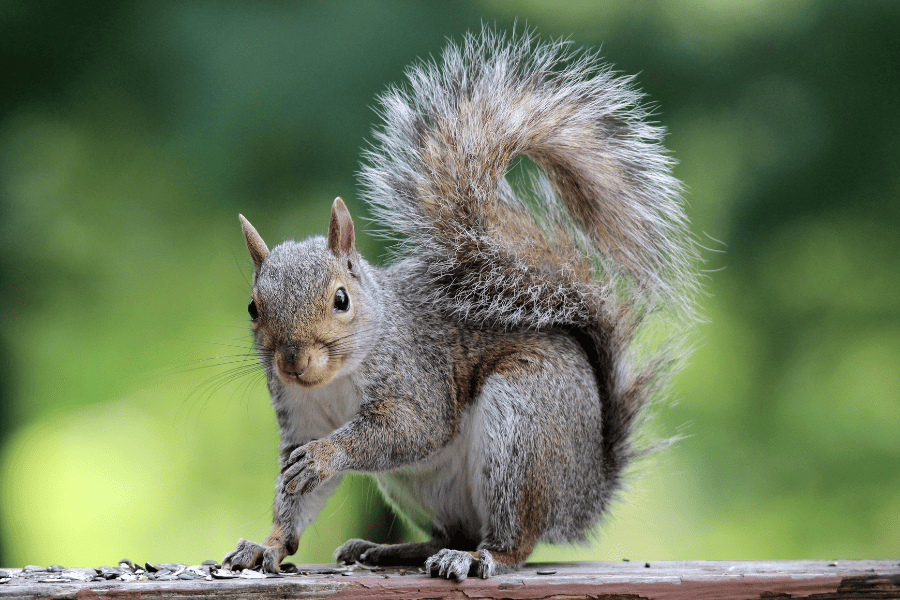
In the autumn months, squirrels have a habit of “bulking up” in preparation for the colder season. It’s common for them to seek refuge in attics, using these spaces to build their nests and stash their food supplies. However, their presence in homes can be particularly problematic since they tend to gnaw through wires and wood, potentially causing substantial damage to your residence. The best prevention tips for squirrels are to install chimney caps or screens and to take down bird feeders in the fall.
Wildlife control can be a difficult task due to some regulations for certain species. Give your local Georgia wildlife company a call today for a customized plan and a free inspection!
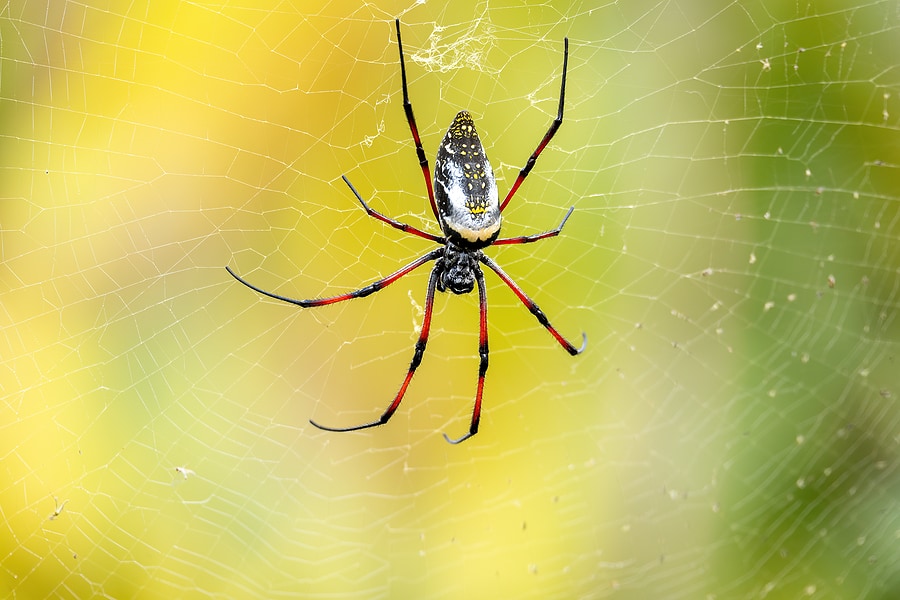
As the fall season settles in, many homeowners in Georgia are gearing up for the seasonal battle against fall pests. Among the various critters that make their way into our homes and gardens, orb weaver spiders are a common sight. While these eight-legged arachnids may appear intimidating, understanding their characteristics and behaviors is essential to maintaining a pest-free environment.
Orb weavers belong to the Araneidae family and are known for their distinctive circular webs, which they expertly spin to trap flying insects. These spiders come in various colors, shapes, and sizes, but they all share some common features:
Orb weaver spiders are outdoor creatures, and you’ll most commonly encounter them in the following places:
Before rushing to eliminate orb weaver spiders from your property, it’s essential to consider both the advantages and disadvantages they bring.
If you wish to minimize orb weaver spider presence around your home, here are some practical tips:
Don’t let orb weaver spiders and other fall pests disrupt your peace of mind this season. Take proactive steps to manage and prevent their presence by reaching out to our expert pest control team. Request a free pest control quote today and ensure a pest-free environment for you and your family.
In conclusion, while orb weaver spiders can be beneficial for natural pest control, they may also pose challenges for homeowners. Balancing their advantages and disadvantages and taking preventative measures can help you enjoy a pest-free home during the fall season.
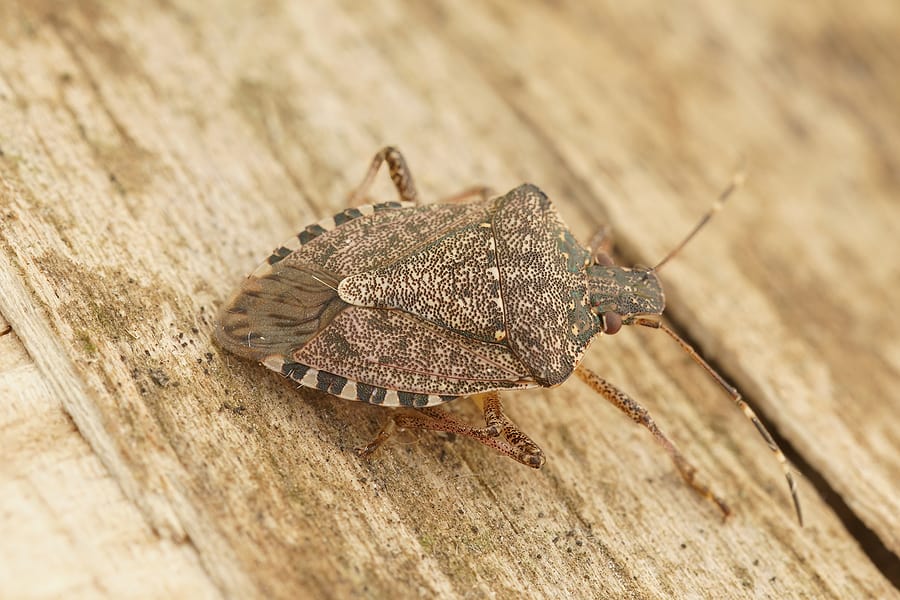
As the leaves change color and the temperature begins to drop, many people in Georgia eagerly await the arrival of fall. However, along with the beauty of this season comes a new set of challenges for homeowners – the invasion of fall pests. These household pests are often seeking shelter and warmth as they prepare to overwinter, making your cozy home an inviting destination. In this blog post, we’ll explore some common fall pests in Georgia and provide valuable tips on how to prevent their intrusion.
While fall brings cooler weather and beautiful landscapes to Georgia, it also heralds the arrival of these common fall pests. Preventing these pests from entering your home is crucial to maintaining a pest-free environment. Don’t let these overwintering pests ruin your autumn. Contact your local pest control company today for a free pest control quote to help protect your home and family.
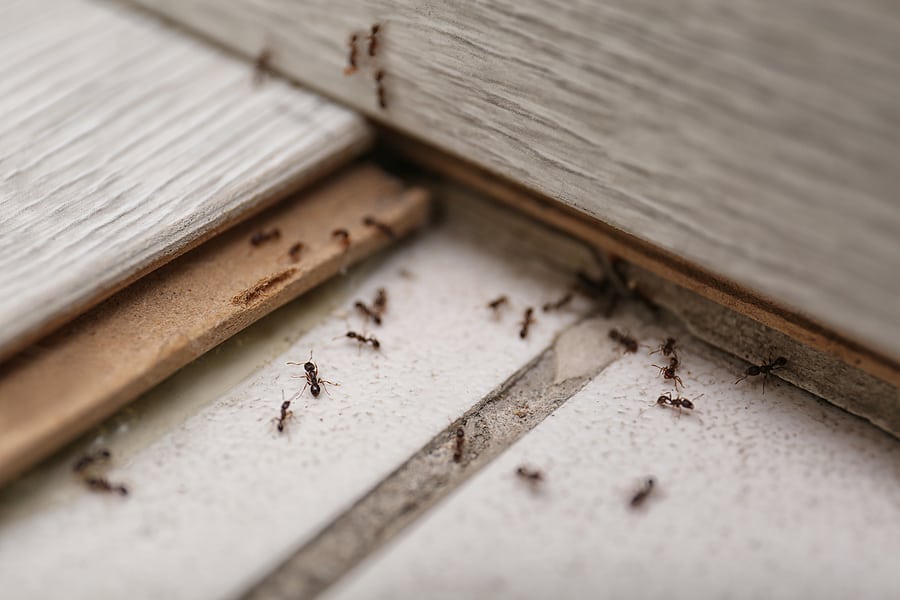
After the humid temperatures of summer, most of us are looking forward to a cooler climate as fall approaches. As we say goodbye to our summer pests, fall pests are quickly emerging. Often searching for a warm place to inhabit and an accessible food source, fall pests will invade your home if proper preventive measures are not in place. Check out our list of fall pests you should look out for, and some do-it-yourself prevention tips to avoid them.
There are several species of rodents looking to your home for shelter, including the house mouse, Norway rats, and roof rats. While these creatures have different characteristics, they each need a warm place to nest and a food source to survive. These creatures are often found in our attics, basements, crawl spaces, and kitchens. Preventing these creatures from entering homes starts with rodent prevention measures placed inside and outside the home.
Inspect your roof for any damage, including broken tiles or gaps under eaves, which can be an entry point for mice and roof rats to your attic. Likewise, utility pipes can have gaps; consider sealing around them with steel wool, caulk, or concrete. Rats like to inhabit where there’s clutter; make sure the less used areas and rooms in your home are clean and utilize plastic storage boxes with tight lids.
Sneaky, small, and often undetected, ants can become a major nuisance if they infest. These pests are attracted to warmth, food sources, and moisture. Commonly infested areas include bathrooms, kitchens, and our food pantries.
The first step in preventing ants from invading is sealing small gaps and holes around your home. These pests can fit into holes smaller than a dime, making it important to check throughout the home’s interior and exterior. Inspect windows, doors, and utility pipes that potentially have these openings. Clean up any leftover food, crumbs on the floor, and spills.
Known for being a year-round pest, seeing these pests inside your home is always alarming! While these creatures are looking for a food source and water, they can bring diseases into your home and trigger allergies and asthma attacks. Homeowners will usually find roaches in our bathrooms and kitchens.
The best way to avoid cockroaches is to identify how they got inside in the first place. Inspect areas where you’ve noticed they have infested before. Seal any noticeable cracks and crevices that lead from outside to inside your home. Roaches will utilize clutter and hide in it during the day, making it essential to clean out piles of old newspapers or magazines, cardboard boxes, paper bags, or other clutter in your home.
Dealing with a pest infestation is never ideal, especially during the busy months of the year. Consider contacting your local South Florida pest control company for an evaluation and treatment plan.